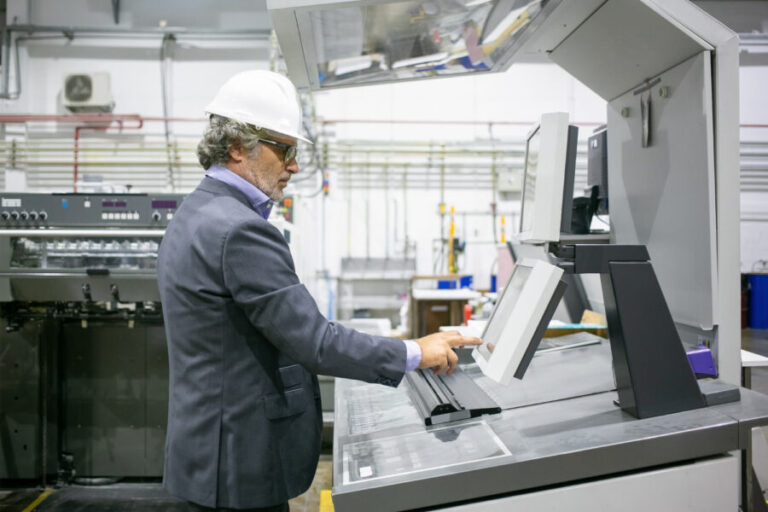As 3D semiconductor technology progresses, thermal management has emerged as a critical focus in chip design, fundamentally influencing both reliability and performance. Erik Hosler, a leader in semiconductor innovation, mentions that maintaining optimal temperature levels is essential to preserving the longevity, efficiency, and stability of 3D-integrated circuits. In these compact, densely layered configurations, effective cooling solutions are no longer optional; they are imperative, as unchecked heat accumulation can quickly degrade functionality and significantly reduce device lifespan. This challenge has spurred a new wave of innovation in thermal management, driving the development of advanced cooling techniques that can meet the demands of high-performance, 3D-stacked architectures.
The Challenge of Heat Dissipation in 3D Integration
Unlike traditional 2D chips, which spread heat across a single plane, 3D chips stack multiple layers of circuitry within a compact space. This design intensifies thermal challenges, making it harder to dissipate heat effectively. Without proper management, heat can build up between layers, creating hotspots that risk damaging the delicate structures within each layer. This issue has driven the industry to seek out innovative cooling methods capable of addressing the unique demands of 3D semiconductor packaging.
Advanced Cooling Solutions: Vapor Chambers and Liquid Cooling
Two of the most promising solutions for cooling 3D chips are vapor chambers and liquid cooling systems. Vapor chambers use phase-change materials to efficiently transport heat away from critical components. As the fluid within the chamber evaporates upon absorbing heat, it moves away from the heat source, condenses, and then cycles back to absorb more heat—providing a continuous, effective cooling mechanism.
Liquid cooling, meanwhile, channels liquid through microchannels within the chip structure, carrying heat away from high-density areas. This method is particularly effective in managing hotspots, as liquid coolant can maintain more consistent temperatures across densely packed 3D layers.
Erik Hosler stresses, “Understanding thermal effects at the nanoscale by probing at the relevant dimensional and temporal scales is critical. It’s science that can only be done with ultrafast EUV and hard/soft x-rays at accelerator user facilities and tabletop high-harmonic systems.”
A New Era of Reliable, High-Performance Chips
As thermal management technology continues to evolve, these advanced cooling techniques are laying the foundation for a future where 3D chips can reach their full potential. Vapor chambers, liquid cooling, and other innovations enable higher performance without compromising reliability, setting the stage for next-generation devices that are both powerful and resilient. In this new era, mastering thermal management is no longer just about cooling—it’s about sustaining the future of high-performance technology.

